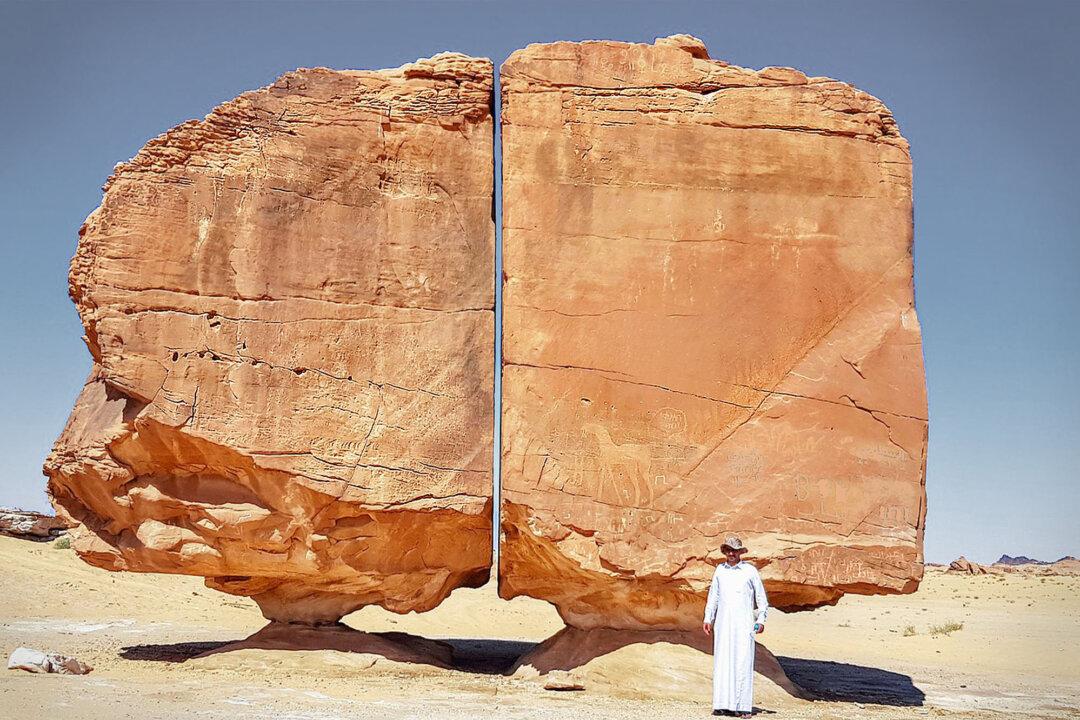The laser precision with which the massive rock was cleaved cleanly in two has left a mystery for scientists—and the internet.
“It must be aliens!” the internet resounds.


The laser precision with which the massive rock was cleaved cleanly in two has left a mystery for scientists—and the internet.
“It must be aliens!” the internet resounds.